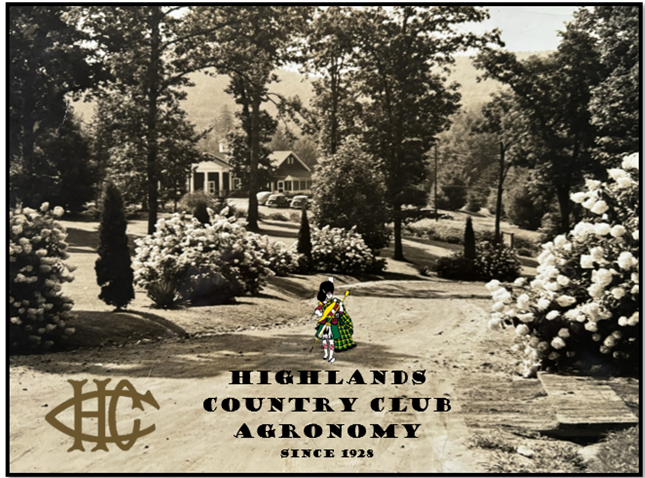NC State University just released its 2019 report summary of the samples superintendents sent them from around the country. When we have an area of poor quality turf, the hope is to catch it early and then send off a sample to have it looked at by either NC State or Penn State, under a microscope by a trained technician, to determine if it's a fungus or something else. Blights or diseases of turf are caused by fungi and the spores, mycelium or fruiting bodies are clearly evident under a scope. This graph above, is interesting because it suggests that nearly 50% of the samples of poor quality turf that NC State receives are caused by things other than fungal diseases. Those "other things" that cause issues to turf could be any one or combination of the following:
1. Insect damage
2. Nematodes
3. Too aggressive of maintenance practices
4. too much water or not enough water
5. too much shade (this is the main challenge at HCC)
6. there are many others...
Again, when grass heads south, particularly with cool season turf in the middle of summer, the first thing that comes to mind are diseases. Once fungus is ruled out, the troubleshooting continues down the line. In most cases, the primary culprit is a poor growing environment (shade) or it is human inflicted (ex: trying to push for fast green speeds etc in a poor growing environment that can't sustain that treatment) or a combination of both. Insect damage is usually easier to ID simply because the damage coincides with a certain time of year. For an simple example, you can set your watch to September grub damage in out area on turf that wasn't treated in June but you won't see grub damage in July. Nematode damage is difficult/ nearly impossible to predict without sanding an assay to a nematologist who then counts population numbers. These number and species of nematodes present are constantly changing and damage is inconsistent with nematodes.

